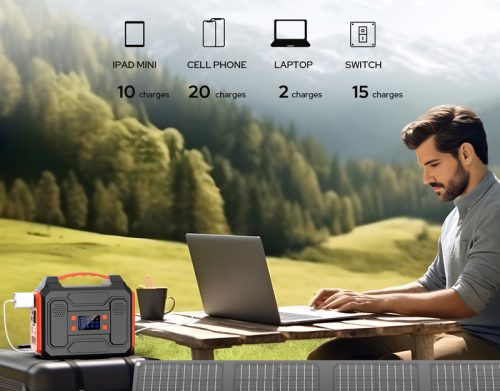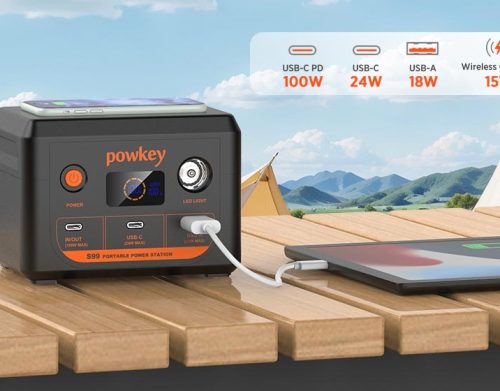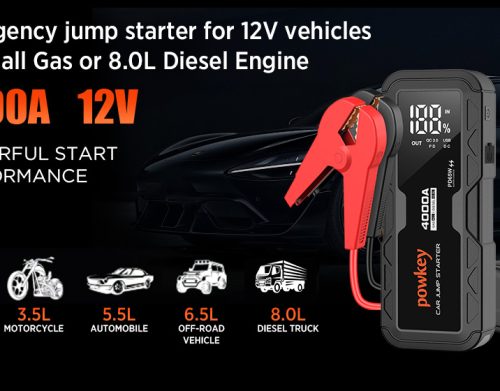Household storage, that is, the energy storage system on the household user side, will become an important part of the new power system Energy storage is a key technology to improve the reliability of the power system and promote the consumption of new energy. Energy storage is a technology that converts electrical energy that is not easy to store into mechanical energy, chemical energy, etc. and stores it so that it can be used when needed. The energy storage system can dynamically absorb and store electric energy from the power generation side or the grid, and release it when needed, thereby changing the synchronous mode of electric energy production, transmission and use, making the real-time balanced “rigid” power system more “flexible”. Effectively improve power quality and power efficiency. Energy storage can be used in all aspects of the power system, including the power generation side, grid side and user side. Power generation side: The energy storage system on the power generation side can provide functions such as peak regulation, frequency regulation, and backup capacity to improve the quality and stability of power supply; for renewable energy grid connection, equipped with energy storage can solve the problem of wind, light and other new energy output characteristics and power consumption Problems such as incomplete load matching and scheduling difficulties have greatly increased the level of renewable energy consumption. Grid side: The grid side energy storage system can be used for auxiliary services such as peak regulation and frequency regulation on the grid side, and can also be used to alleviate grid congestion and improve power transmission and distribution capacity, thereby delaying the expansion and upgrading of power transmission and distribution. User side: The main body of installation is power users, including home users and industrial and commercial users. Installing user-side energy storage can help home users and industrial and commercial users save electricity costs and ensure the stability of electricity consumption.

Household storage is complementary to large-scale electric energy storage and industrial and commercial energy storage, and the growth and profitability of the track are good. Household energy storage is used in conjunction with household photovoltaics. It is a form of energy storage with decentralized layout and nearby utilization. It can well adapt to scattered power demand and resource distribution. It will develop in parallel with large-scale energy storage systems and complement each other. Renewable energy is an important part of the new power system, with broad development space and good profitability. Compared with large-scale energy storage systems, the investment scale of residential energy storage units is small, the investment entities are scattered, and the deployment is flexible. The track has the potential for rapid explosion and high growth. The investor of household energy storage is the end user, whose electricity price is significantly higher than the grid-connected electricity price corresponding to the centralized power station. Household storage is more economical, so users are relatively less sensitive to the price of household storage systems. The cost of materials is easy to transfer; in addition, the 2C track can generate a brand premium, and the profitability of the track participants is excellent.

Household battery material system: Lithium iron phosphate is the main route, and sodium-ion batteries may also be promoted in the future. Lithium-ion battery: The positive electrode uses lithium iron phosphate as the main route. Ternary lithium batteries have high energy density and power density, but the cost is high and the safety is relatively weak. The performance of lithium iron phosphate battery has a high degree of adaptability to energy storage requirements. It has excellent safety performance, long cycle life, abundant metal resource reserves, low cost and environmental protection. It may become one of the main choices for energy storage batteries



